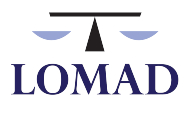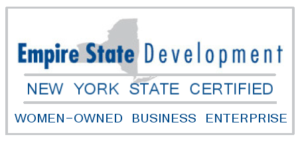The United States Court of Appeals for the 2nd Circuit has certified a question of law to New York’s Court of Appeals on whether a defendant may maintain an action for contribution from the owner of motor vehicle when the driver is protected by the exclusivity provisions of NY WCL?
In the decision of Isabella v. Hallock (v. Koubek), decided yesterday by the Second Circuit Court of Appeals, the Court certified the following question to New York’s Court of Appeals as it is permitted to do pursuant to the Court’s local rules:
Whether a defendant may pursue a third-party contribution claim under New York Vehicle and Traffic Law § 388 against the owner of a vehicle, where the vehicle driver’s negligence was a substantial factor in causing the plaintiff’s injuries, but the driver is protected from suit by the exclusive remedy provisions of New York Workers’ Compensation Law §29(6)?
In this case, the plaintiff was a passenger in a car owned by his employer which was driven by a co-employee. Both the driver/co-employee and the owner/employer were immune from direct suit by the injured passenger/employee by the exclusivity provisions of the WCL. The employee/passenger sued defendants who were the driver and owner of the other vehicle involved in the accident. Defendants filed a 3 party action against the employer/owner for contribution for the injuries sustained by his employee.
The Court noted that the driver/co-employee was immune from a suit by defendants against her because of the exclusivity provisions of the WCL §29(6) which provides:
The right to compensation or benefits under this chapter, shall be the exclusive remedy to an employee…when such employee is injured or killed by the negligence or wrong of another in the same employ…The limitation of liability of an employer set forth in section eleven of this article for the injury or death of an employee shall be applicable to another in the same employ…
The Court also noted that the employer’s and co-employee’s liability for a claim for contribution is limited by WCL §11:
The liability of an employer prescribed by the last preceding section shall be exclusive and in place of any other liability whatsoever, to such employee . . . or any person otherwise entitled to recover damages, contribution or indemnity, at common law or otherwise, on account of such injury or death or liability arising therefrom…
…An employer shall not be liable for contribution or indemnity to any third person based upon liability for injuries sustained by an employee acting within the scope of his or her employment for such employer unless such third person proves through competent medical evidence that such employee has sustained a “grave injury”…
However, NY’s Vehicle & Traffic Law §388 provides:
Every owner of a vehicle used or operated in this state shall be liable and responsible for death or injuries to person or property resulting from negligence in the use or operation of such vehicle, in the business of such owner or otherwise, by any person using or operating the same with the permission, express or implied, of such owner.
Hence WCL §§29(6) and 11 would prevent a claim for contribution whereas V & TL §388 would permit the action.
Although the 2 Circuit notes that there is case law in NY which suggests that the owner of the vehicle should be immune from liability for the negligent acts of its employee which caused a co-employee’s injuries, it found that the two competing policy interests of statutes in question – the exclusivity provisions of the WCL and the vicarious liability of the owner of a negligently operated vehicle, cannot be reconciled by either the statutory language nor in case law directly on point.
A copy of the 2nd Circuit’s analysis in the decision can be found at the link below.

